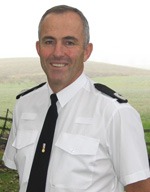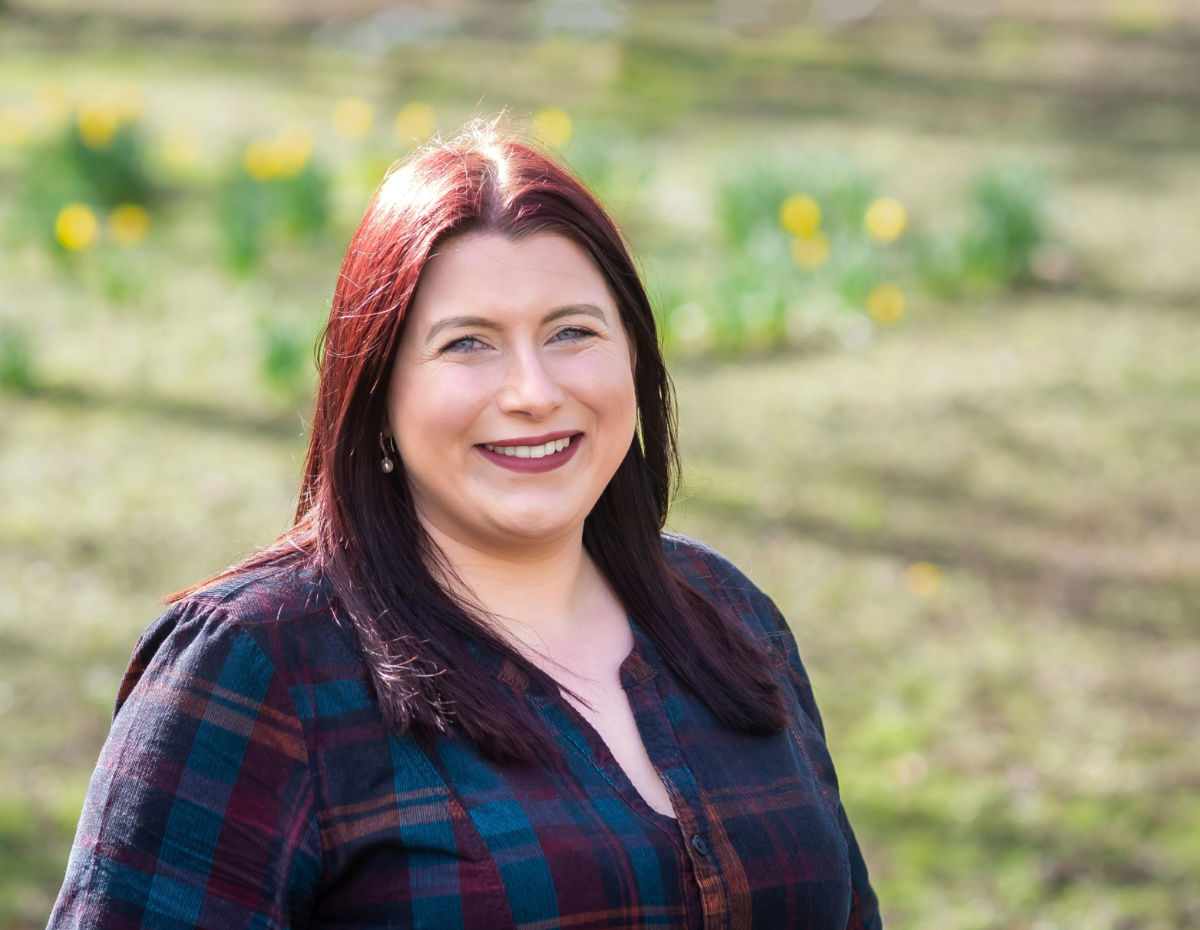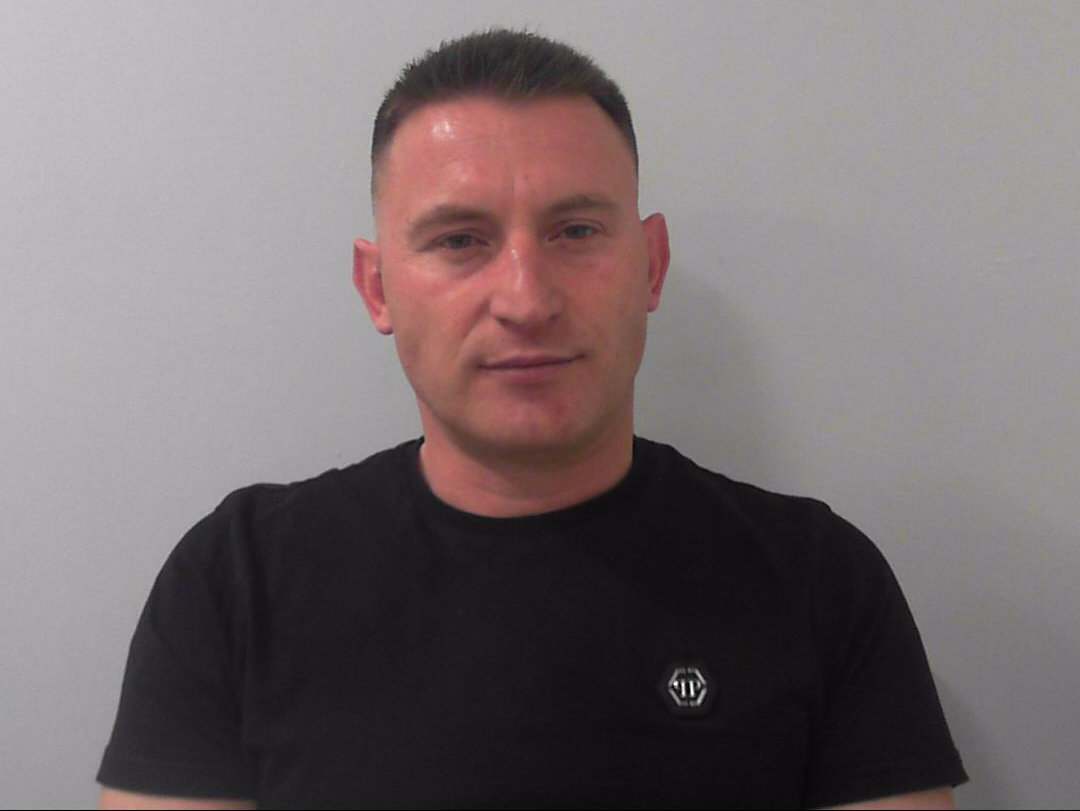 During the past year the North Yorkshire Police force has undergone a major programme of change to avoid an impending funding black hole following the Coalition Government’s Comprehensive Spending Review in October 2010 which slashed central funding.
During the past year the North Yorkshire Police force has undergone a major programme of change to avoid an impending funding black hole following the Coalition Government’s Comprehensive Spending Review in October 2010 which slashed central funding.
This has included the centralisation of resources into a single Basic Command Unit rather than the previous three; centralising the Force Control Room (FCR) in York; and the introduction of a new shift system for police officers and staff.
This process has been very challenging for everyone connected to North Yorkshire Police as the new structure and ways of working are fully developed.
North Yorkshire Police is currently the top performing force in England with the lowest crime based on crimes per 1,000 population. This position, verified by the Home Office’s statistical database IQuanta, has been maintained for the past four months (May to August 2011).
Following the small spike in crime in March which resulted in an end of financial year rise in crime by 0.5% – the first annual rise since 2003/04 following a period of year-on-year reductions – it is highly pleasing that criminal activity is again on a downward spiral.
Latest figures for the period 1 April to 21 September 2011 show that overall crime is down by 9% in comparison to the same period last year. In real terms that equates to 19,342 crimes compared to 21,184 this time last year.
Notable reductions have been made in serious acquisitive crime (-13%, 349 crimes in total compared to last year), burglary dwelling (-11%, 108 in total), burglary other (-17%, 316 in total), robbery (-21%, 21 in total), theft of a motor vehicle (-32%, 154 in total), criminal damage (-16%, 639 in total), violence against the person (-9%, 381 in total), serious violent crime (-15%, 22 in total), overall theft (-5%, 349 in total), theft of pedal cycle (-32%, 355 in total) and shoplifting (-7%, 143 in total).
 Temporary Deputy Chief Constable Tim Madgwick, the author of the report, said:
Temporary Deputy Chief Constable Tim Madgwick, the author of the report, said:
Placed in the context of the most significant single re-sizing of the force’s workforce ever undertaken and the major restructure of operations, this outstanding performance is a credit to everyone connected to North Yorkshire Police.
Residents in our villages, towns and cities can be reassured that their police force is working around the clock to ensure North Yorkshire and the City of York remains among the safest and low crime areas in the country.
Make no mistake, the past year has been extremely challenging as we faced up to the reality of the impending cuts in central Government funding, albeit from a position of strength due to the work during the past four years to improve efficiency and effectiveness.
To make the necessary savings we have streamlined many of our operations including centralising the Force Control Room in York. Despite some teething problems as the changes bed in and staff adapt to the new processes, emergency and non-emergency call handling have still bettered national standards and are expected to improve.
A new shift system for our officers and staff has also been introduced which, more than ever, places people in the right place at the right time according to demand and community priorities.
This means that our response and approach to dealing with incidents is increasingly efficient as reflected by the performance results.
Force Control Room – focus on call handling and improvements in response times
Since the move to the centralised Force Control Room in York on 27 June 2011, North Yorkshire Police have seen improvements in the overall time taken to respond to incidents compared to the same period last year.
Response time takes into account the initial call, taking details of the call and dispatching officers to the scene of the incident.
The average time taken for a call handler to record the relevant details is now 1 minute 6 seconds, a 5 second reduction from the same period the previous year and well below the two minute target.
Moreover, the time taken to dispatch an officer has reduced by almost 30 seconds to 3 minutes 42 seconds.
Viewed in the context of the recent changes, including the fact that there are less control room staff dealing with a higher demand and a temporary drop in 999 response times from 4 seconds to 7.7 seconds as outlined in the latest performance report, this is a great achievement.
Plans for an automated switchboard, which will come into operation in November this year, will take the burden of administration-related calls away from the control room staff so they can focus on emergency and non-emergency, as well as improving customer satisfaction by directing callers to the right place at first attempt.
Temporary Deputy Chief Constable Tim Madgwick said:
We are fully aware of that call answering times have seen a slight dip since the change to a centralised Force Control Room at York, and for this I apologise to anyone who has experienced a delay in their call being answered.
However, we must make it clear that the latest figures show the majority of 999 calls are answered in under four seconds and non-emergency calls within five seconds. Although this is only a slight dip in performance, they are below our previous excellent standards and work is already underway to address this.
We were faced with making difficult decisions and, as with all major changes to an organisation, we were mindful that performance may temporarily dip before it improved.
This major change, combined with staffing levels dropping to less than anticipated and the removal of our switchboard facility, meant that less staff were dealing with greater demand.
We are confident that with the measures we have put in place, which come in to effect later this year, call handling will improve.
23 new members of staff are currently going through training, with plans to recruit more staff in the near future. Other plans include the introduction of an automated switchboard in the autumn which will relieve the Force Control Room of more than 200,000 administration related calls which are received by the force every year.
Our control room staff are highly trained and skilled to deal with police incidents and emergencies, therefore it makes sense to remove the burden of answering a high volume of non-operational calls which could be dealt with by the press of a button.
We also saw unprecedented demand during the recent national disorder, when North Yorkshire Police’s control room stepped in to take calls for West Yorkshire Police.
It is thanks to the dedication and professionalism of our workforce who have embraced the changes and dealt with the resulting challenges head-on, that we are still providing a high standard of service.
The move to the centralised Force Control Room in York makes sound financial sense. The new arrangements are sustainable and efficient and will benefit the communities of North Yorkshire and the City of York for years to come.
Not only does a single facility provide reduced operating costs, it provides a one-stop shop for incident management as well as essential back office functions previously based at various locations around the force.
Members of staff have been multi-skilled to ensure the best use of resources at all times. 75 call handlers currently take 550,000 calls a year, including 77,000 emergency calls. 81 command and control staff provide incident control to officers on the front line as well a providing a back-up call handling service when their priorities allow. A Safer Neighbourhood Service Desk provides incident and crime management for lower-level crimes as well as providing advice for members of the public. Fixed site ANPR cameras are monitored 24 hours a day and the Police National Computer operators are now based in the control room.
Resilience is taken care of by a second back-up server at Newby Wiske in the event of a system problem. Should the Force Control Room need evacuating, a back-up suite is ready and waiting at Fulford Road Police Station in York. In addition, a retained capability at the now closed Newby Wiske control room site can be re-activated in the event of a major emergency. Humberside Police are also our “call buddies” meaning they will step in to assist with our calls if necessary, in the same way we took over West Yorkshire Police’s calls. We hope this allays any fears that a single-site control room leaves us vulnerable.
To make it absolutely clear, emergency calls are still being answered within national target times and no-one in need of police help has been at risk because of the literally seconds’ difference in call answering.
However, we acknowledge that a minority of non-emergency calls are taking longer to be answered. We ask that local residents, who we are proud to serve, bear with us as the new measures take effect. We are confident that they will result in improved performance.







